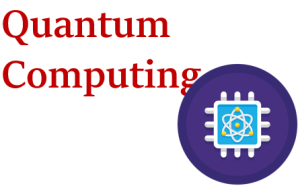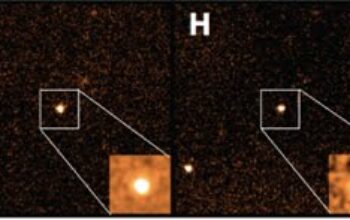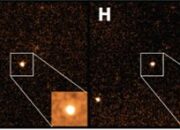Explaining complex concepts, such as quantum computing, to children requires creativity and simplification without losing the essence of the subject. Quantum mechanics, the foundation of quantum computing, is a field imbued with abstract principles that can challenge even seasoned scientists. However, when approached with curiosity and imagination, children can grasp the fundamental ideas behind quantum computers. This article delineates a comprehensive approach to elucidating how quantum computers work to a younger audience, transforming abstract notions into relatable concepts.
1. Begin with the Basics: What is a Computer?
Before diving into quantum mechanics, it is pivotal to establish a foundational understanding of traditional computers. A computer, as a child may know, is a device that performs tasks by processing information. It uses bits as the smallest units of data, represented as either 0s or 1s. Explain to the child that these bits are analogous to tiny switches that can either be off (0) or on (1). This binary system forms the core of all computations and allows computers to perform complex operations.
2. Introducing Quantum Concepts: Bits vs. Qubits
Having grounded their understanding of traditional computers, introduce the concept of quantum bits, or qubits. Qubits can similarly represent 0 and 1, but here’s the twist: they can also exist in a state called superposition, where they are both 0 and 1 simultaneously! To elucidate this, you might compare a qubit to a spinning coin. When you toss a coin, it is not just heads or tails; in its spinning state, it embodies the potential for both outcomes. This property of qubits allows quantum computers to process vast amounts of information simultaneously, presenting an extraordinary advantage over classical computers.
3. The Marvel of Superposition
To further pique interest, delve deeper into the concept of superposition. Engage the child by utilizing visual aids or playful language. You could say, “Imagine if you could be in two places at once! While you’re at the park, you also have the magic to be at the zoo. That’s superposition in the quantum world!” By highlighting that qubits can harness multiple possibilities simultaneously, the child can better appreciate the power and potential of quantum computing.
4. Entanglement: The Magic Connection
Once the concept of superposition is well understood, transition to another remarkable aspect of quantum mechanics: entanglement. This phenomenon occurs when two or more qubits become interconnected in such a way that the state of one qubit instantly influences the state of another, no matter the distance separating them. To visualize this, you might compare it to a pair of magical friends with an invisible string connecting them; regardless of whether they are miles apart, they always know what each other is thinking. Highlight how quantum computers leverage this entangled state to perform computations that traditional computers could not accomplish efficiently.
5. Quantum Gates: The Building Blocks of Quantum Computing
As the conversation progresses, introduce the concept of quantum gates. Similar to how traditional computers use logic gates to manipulate bits, quantum computers utilize quantum gates to modify the state of qubits. These gates facilitate transitions between different quantum states, enabling algorithms that harness the unique capabilities of superposition and entanglement. Illustrate this by likening quantum gates to the commands given to the magical friends – they decide how to interact with each other and how to influence their states.
6. Quantum Algorithms and Their Applications
With a foundational understanding of both qubits and quantum gates, it is time to explore how quantum computers solve problems. Explain that engineers and scientists design quantum algorithms specifically tailored for this unique technology. These algorithms enable quantum computers to execute tasks like factoring large numbers or optimizing complex problems with unparalleled speed. To make it relatable, liken it to a superhero who can solve puzzles faster than anyone else. Highlight real-world applications, such as advancements in medicine, materials science, and artificial intelligence, to capture the child’s imagination about the vast potential these machines hold.
7. The Future of Quantum Computing: Piquing Curiosity
Finally, foster a sense of wonder about the future of quantum computing. Engage the child’s curiosity by asking questions like, “What would you do with a quantum computer?” or “How could quantum computers change the world?” Encourage them to envision a future where quantum technology makes previously impossible tasks realizable, such as revolutionizing transportation or accelerating medical discoveries.
In conclusion, explaining quantum computing to children need not be an insurmountable challenge. Through relatable analogies and imaginative comparisons, it is possible to convey the intricate workings of quantum computers in an engaging manner. By emphasizing the unique features of qubits, such as superposition and entanglement, along with their transformative potential, one can instill a sense of curiosity and excitement for the future of technology. This shift in perspective not only simplifies a complex topic but also inspires the next generation to explore the wonders of quantum mechanics and its applications.










